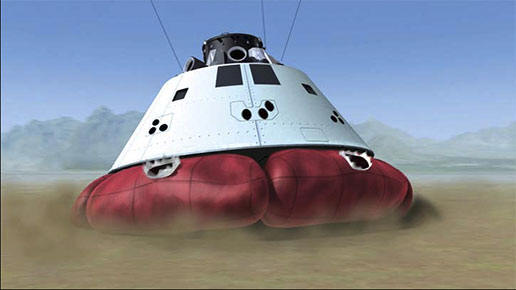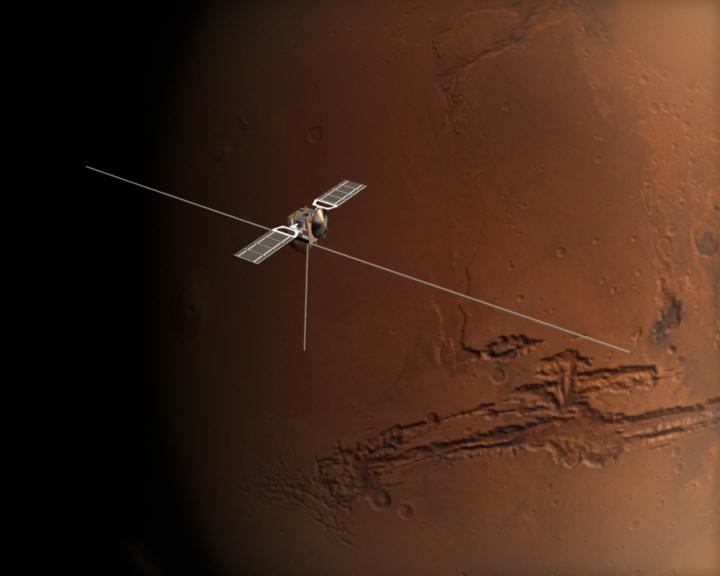Aerospace Memories & Observations
We still follow some of the aerospace activities with interest.... Here are some interesting activities.
Duct Tape To The Rescue!

The uses for duct tape seem to be endless. From the Apollo missions in the 1970's to the International Space Station today, duct tape has been used as quick fixes and semi-permanent solutions to a variety of tasks. In a story released today from NASA documenting the events of the Apollo 17 in 1972, duct tape became the savior of astronauts Gene Cernan and Jack Schmitt as they sped around on the lunar surface in their moon buggy. Damage to the buggy's wheel arch could have put the pair at risk and may have curtailed the surface mission (pictured). But with a flash of inspiration and "can do" attitude Cernan and Schmitt found the answer in a roll of grey sticky tape�
Back To The Moon The Way We Did It Before
 The development of Constellation is continuing, the U.S. program that will replace the shuttle and send astronauts back to the moon. Two unresolved issues have stood out specifically for the Orion crew vehicle: Orion is currently too heavy for the Ares vehicle to launch it from Earth, and the decision on whether Orion will land in water or on land has yet to be determined. Originally, land landings were the preferred choice, but in 2007, it appeared program managers were leaning towards returning to the water landings seen during the Apollo era. But recently NASASpaceflight.com reported on a possible solution for the weight problem that could potentially provide an improved capacity for landing on land as well.
The development of Constellation is continuing, the U.S. program that will replace the shuttle and send astronauts back to the moon. Two unresolved issues have stood out specifically for the Orion crew vehicle: Orion is currently too heavy for the Ares vehicle to launch it from Earth, and the decision on whether Orion will land in water or on land has yet to be determined. Originally, land landings were the preferred choice, but in 2007, it appeared program managers were leaning towards returning to the water landings seen during the Apollo era. But recently NASASpaceflight.com reported on a possible solution for the weight problem that could potentially provide an improved capacity for landing on land as well.
Duh, We Did That On The Moon Forty Years Ago!

Paul was a Project Engineer on the Apollo Lunar Sounder project in 1968 which did the identical thing! Complete with the extendable radar antennas which deployed from the Apollo Service Module!
To truly know and understand another world, planetary scientists need to look beneath the surface of that planet. This has been done on a small scale by looking inside impact craters, a la Opportunity and Spirit on Mars. But that only provides information for one area on a big planet. To get the global picture of the subsurface, a radar sounder instrument was developed for ESA�s Mars Express spacecraft.
The Mars Advanced Radar for Subsurface and Ionosphere Sounding (MARSIS) experiment has now been successfully used for the first time to look beneath Mars� south polar ice cap, opening up the third dimension for planetary exploration. �We have demonstrated that the polar caps at Mars are mostly water ice, and produced an inventory so now we know exactly how much water there is,� says Roberto Orosei, MARSIS Deputy Principal Investigator.
